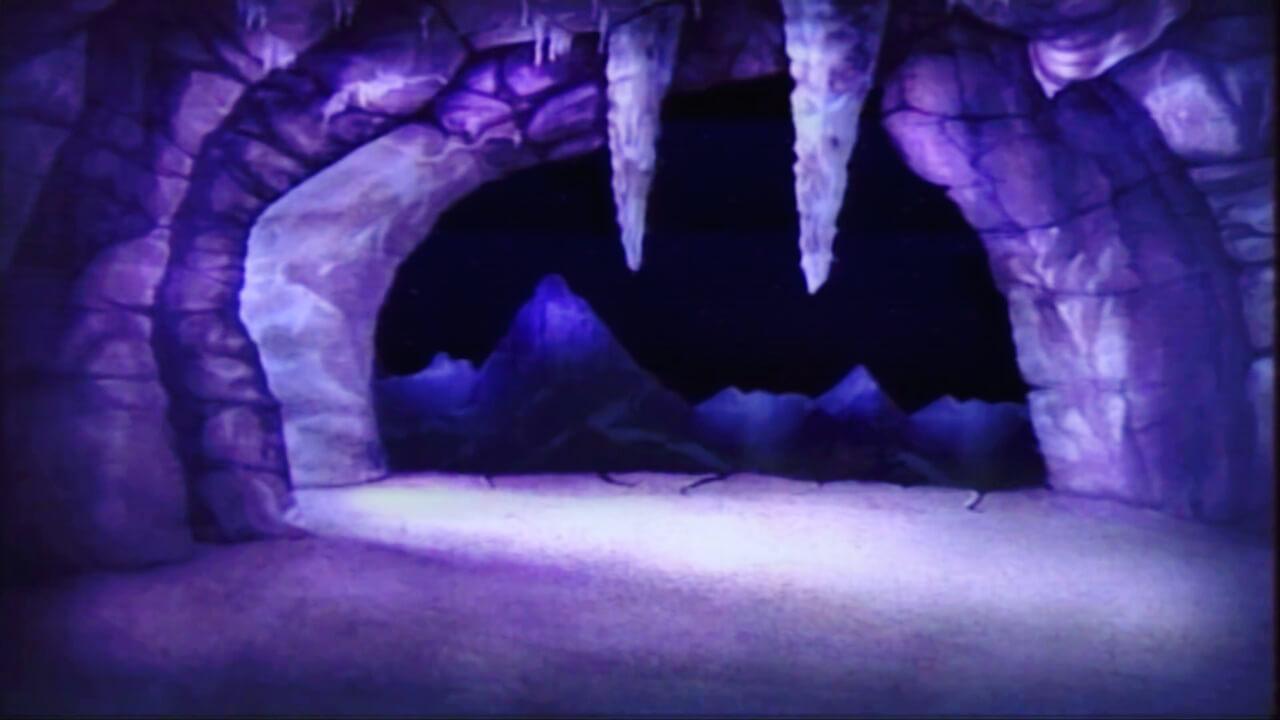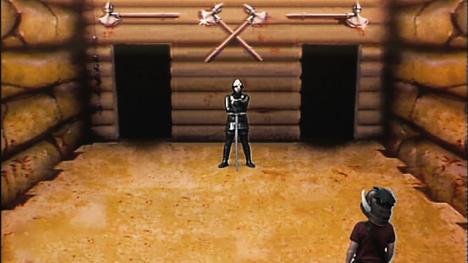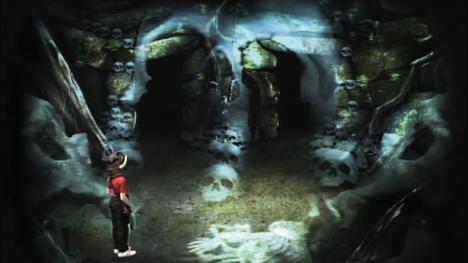Chris Ballard ponders whether Knightmare's technological pioneering actually ended up damaging the show.
Like many, I was devastated when Knightmare came to an end. I happily admit that I was obsessed by the show for seven of its eight years (I was a little young to catch Series 1) and it's one of my fondest childhood memories. At one point I would tape the show on a Friday and watch it every day the following week before taping over it with the new episode (hey, I grew up in Swansea where it rained a lot!). I would also infuriate my mother by walking round the house in a series of side-steps and ninety degree turns. Happy days.
I recently spent many happy hours watching the show again. Having viewed many of the episodes seven times as a child I had very clear memories of some of the incidents and watching them again literally brought a tear to my eye. But I will leave the detail of these 'most memorable moments' for another article...
What I hadn't appreciated before this re-watch was that Knightmare had really gone off the boil by Series 8. There are several reasons I could give for this, but here I want to discuss technology and computer animation.
What we were doing was we were putting real people in an artificial world, and we were letting them role play in that area. It was only a matter of time before we had to go the whole hog and put people in a virtual world, but not as themselves, but as representations of themselves.
This quote shows the direction in which he saw the show proceeding. Indeed, he attempted to do as much in Knightmare VR, something I cannot help but see as a complete failure in both idea and execution.
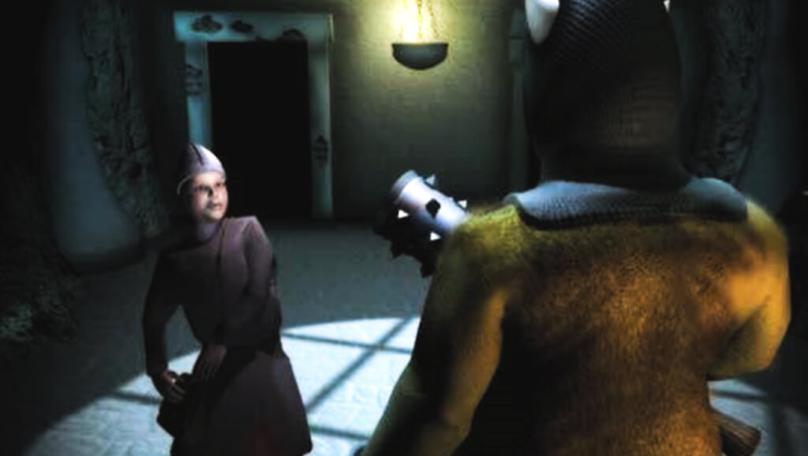
It may be useful to consider the concept of the 'Uncanny Valley' here. This is an idea from the field of robotics and 3D computer animation, which holds that when human replicas look and act almost, but not perfectly, like actual human beings, it causes a response of revulsion among human observers (the "valley" refers to the dip in a graph of the comfort level of humans as a function of a robot's human likeness).
I think this idea, extended a little further beyond human replicas, is ideally suited to explaining why Series 8 and Knightmare VR both fail to get the pulse racing. As viewers we will readily accept anything which doesn't claim to look realistic - I'm sure your enjoyment of The Simpsons isn't ruined by the fact that Bart only has four digits on each hand. But if something is supposed to look real, but falls just short of the mark, then we immediately become very critical. It's then difficult for us to enjoy the actual content.
Over its run, Knightmare looked increasingly 'computerised' and was all the weaker for it. Was the Dreadnought better than the mechanical warrior or the Behemoth? No, it didn't even come close. How did the pixelated Blockers compare to the early 'organic' wall monsters? They were boring and characterless. In amongst all the technological advances, it seems the producers had lost sight of what made Knightmare great.
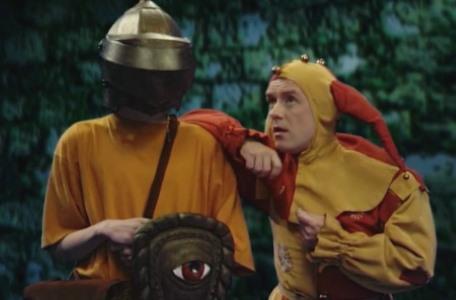
The Series 8 dungeon may have been more technically advanced than the early series (which were based on David Rowe's fantastic paintings) but it looked much, much worse. Watching today, Series 1-3 are still haunting and atmospheric whereas Series 8 just looks like some computer animation from the Nineties. It's also very samey, with lots of green walls and none of the rich variety the show used to have.
A wider point is that creator Tim Child's apparent obsession with the concept of avatars is just not suited to good television. Controlling a proxy of yourself in a fantastical environment is an experience which has already been captured by the video games industry; watching someone else play a video game when you can't have a go yourself isn't that much fun. When you get down to it, watching someone guide an animated character around an animated dungeon is fundamentally the same thing.
We shouldn't forget that it was the human element which drove a lot of the drama in Knightmare - who cares if an animation falls off a cliff or gets sliced in two? The very idea is flawed. The interaction between real people and believable characters made the programme so much more than a mere game show.
So what should a future Knightmare look like? For my money it would hark back to the early Rowe-designed dungeon but with contemporary computer paintings to make the environments look photo-realistic. But the dungeoneers, characters and monsters should all be based on real people, lest we plunge once more into the Uncanny Valley.
